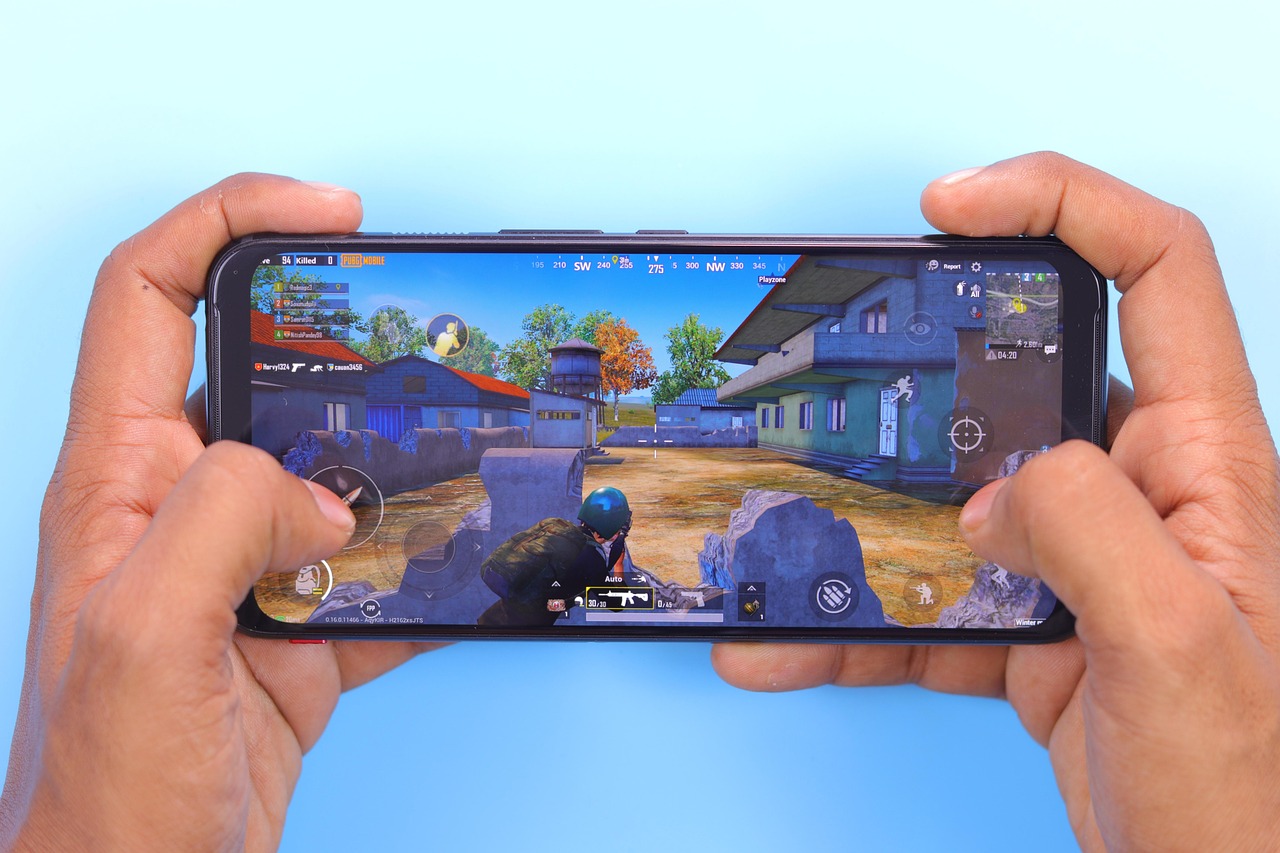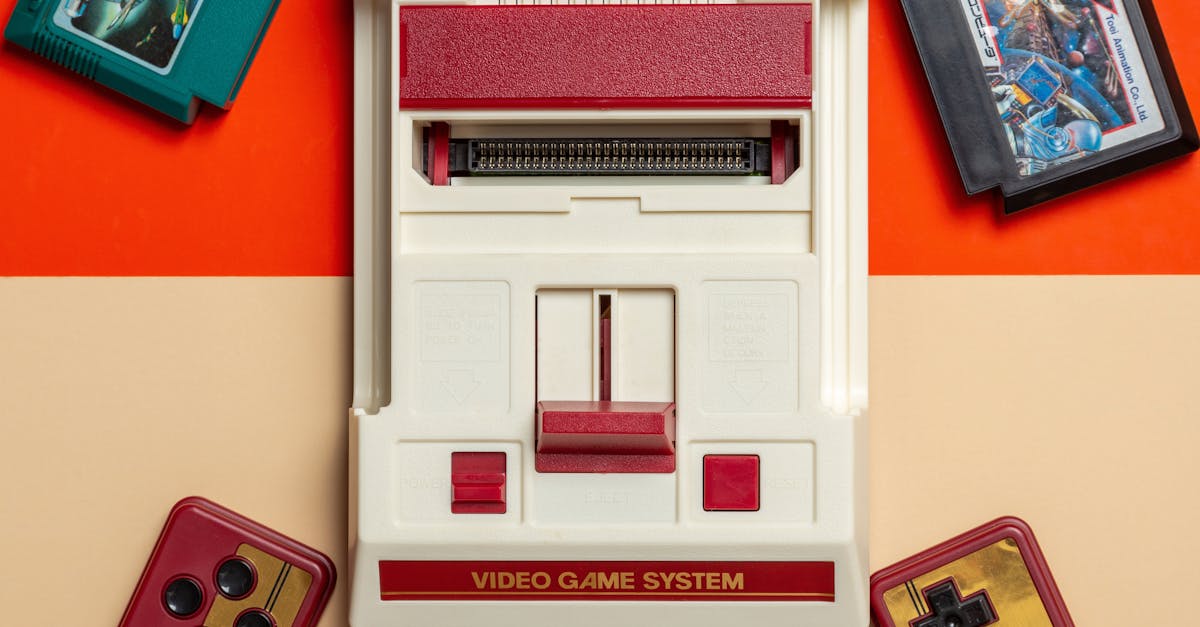In the ever-evolving landscape of video gaming, a few consoles have basked in the limelight, while others have slipped into obscurity. This exploration delves into the underworld of gaming consoles—those systems that, despite their potential and innovative features, never gained the widespread acclaim they deserved. These overlooked consoles, often overshadowed by industry giants, hold unique stories and capabilities that warrant a revival. By revisiting these forgotten gems, we not only pay homage to their contributions but also uncover opportunities for modern gaming advancements. Join us on this journey through the console underworld as we uncover 7 systems that deserve a second chance.
1. The Sega Dreamcast: Ahead of Its Time
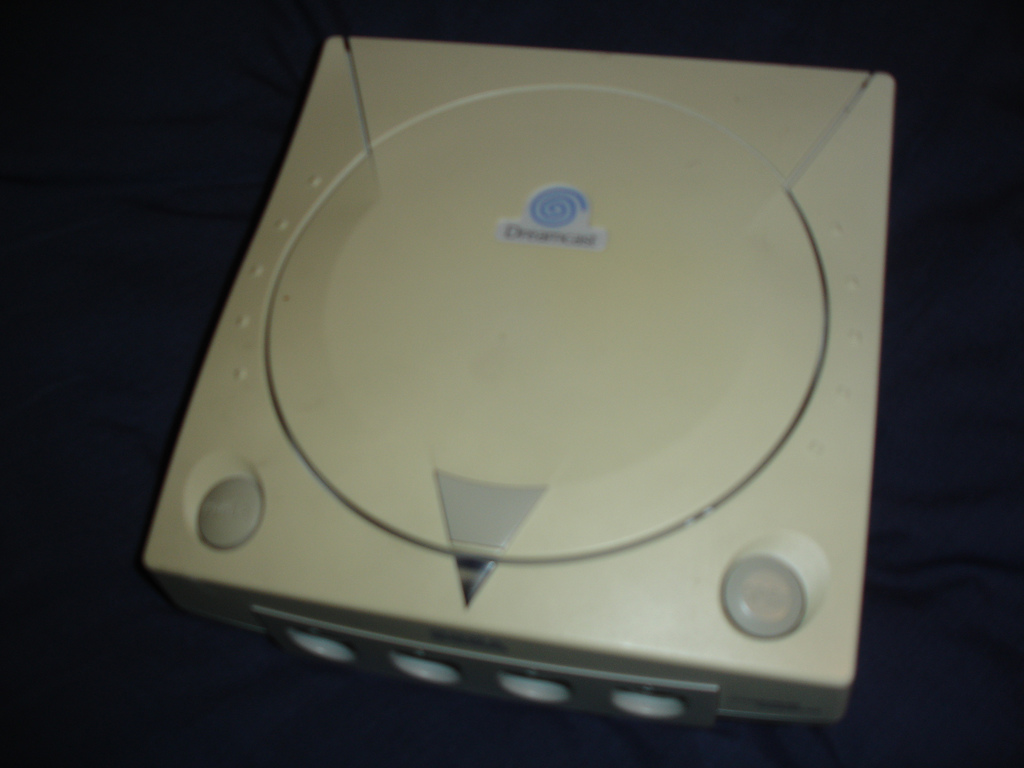
The Sega Dreamcast, released in 1999, is a prime example of a console that was ahead of its time. Despite its short lifespan, the Dreamcast introduced several innovations, including online gaming capabilities and a unique controller with a built-in screen. The console's library boasted a variety of critically acclaimed titles such as "Shenmue" and "Jet Set Radio," which pushed the boundaries of storytelling and artistic design in games. Unfortunately, the Dreamcast was overshadowed by the impending release of the PlayStation 2, leading to its premature demise. A revival could harness modern technology to enhance its pioneering features, offering a fresh take on a console that dared to dream big.
2. The TurboGrafx-16: A Pioneer of Multimedia
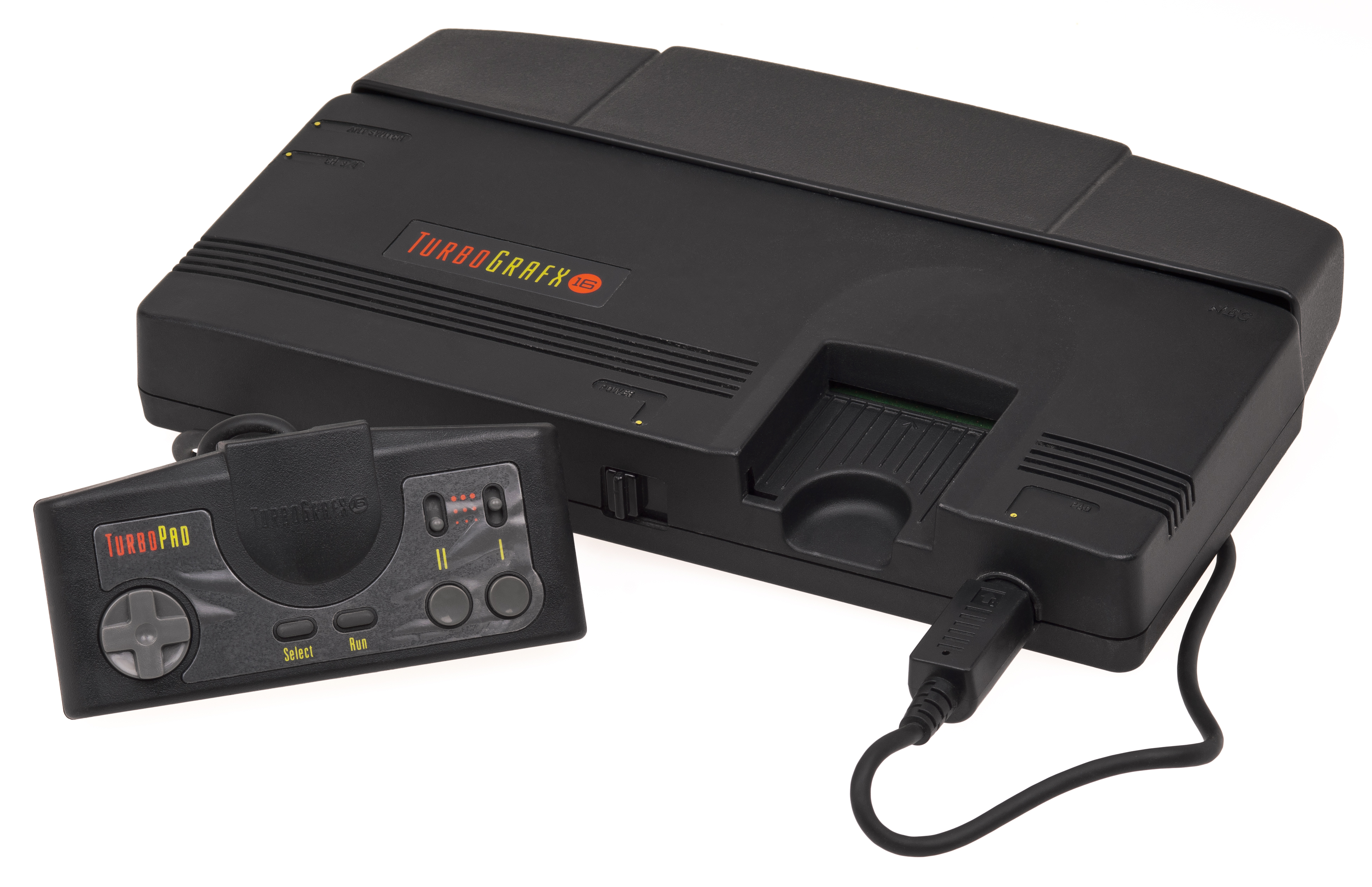
Launched in 1987, the TurboGrafx-16 was a pioneer in bringing CD-ROM technology to the gaming world. Known as the PC Engine in Japan, this console offered superior graphics and sound capabilities compared to its contemporaries. It was home to classics like "Bonk's Adventure" and "Ys Book I & II," which showcased its multimedia prowess. However, marketing missteps and a lack of third-party support in North America hindered its success. A revival could capitalize on the renewed interest in retro gaming, leveraging its rich library and multimedia capabilities to attract a new generation of gamers who appreciate both nostalgia and innovation.
3. The Atari Jaguar: The 64-Bit Powerhouse
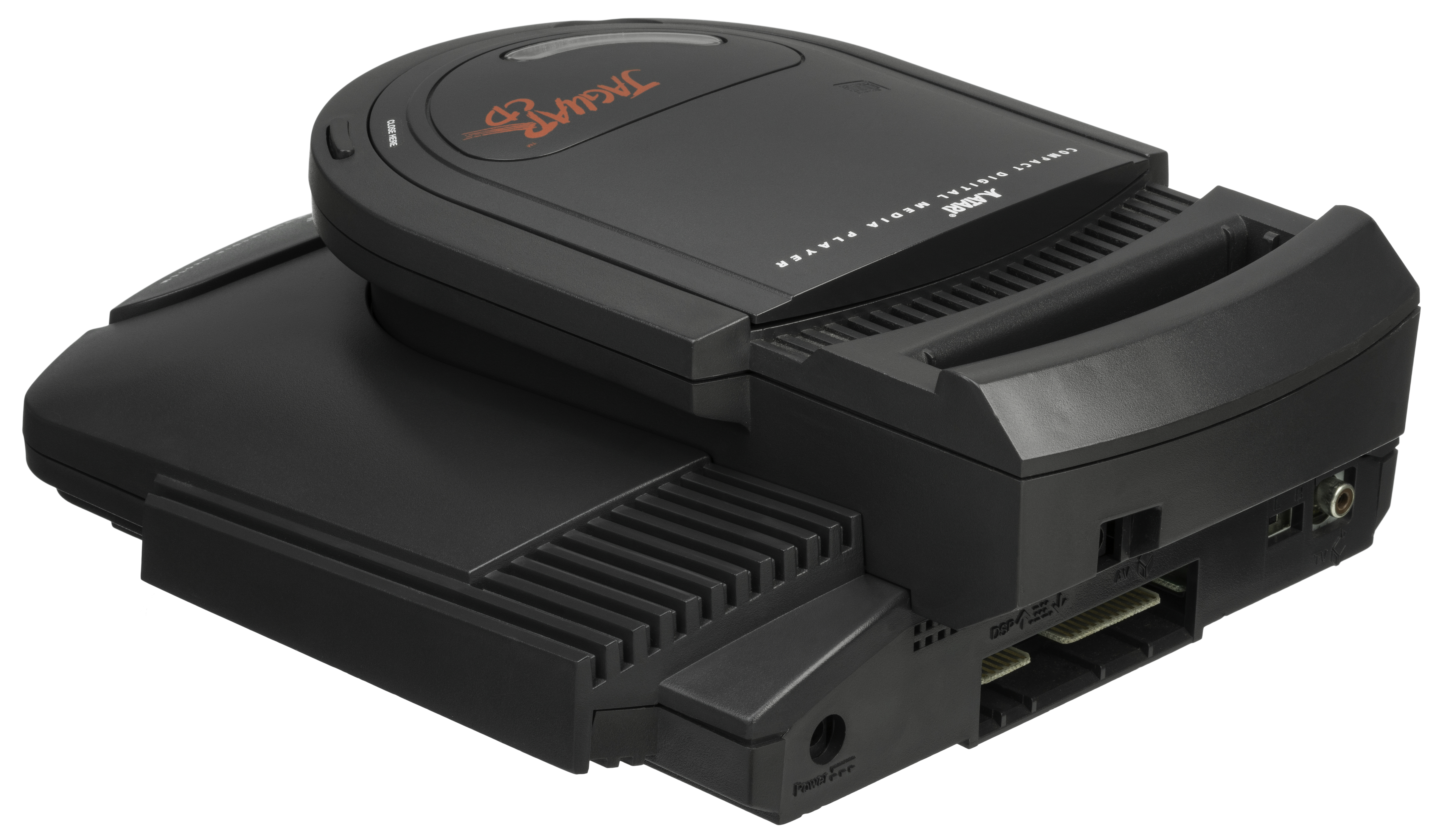
The Atari Jaguar, released in 1993, was touted as the first 64-bit console, promising unparalleled graphics and performance. Despite its technical superiority, the Jaguar struggled due to a lack of developer support and a complex architecture that made game development challenging. Games like "Tempest 2000" demonstrated the console's potential, but its library remained limited. A modern revival could simplify its architecture and expand its library, allowing developers to fully harness its power. By reimagining the Jaguar with contemporary technology, Atari could reclaim its place in the gaming industry as a leader in innovation and performance.
4. The Neo Geo AES: The Arcade Experience at Home
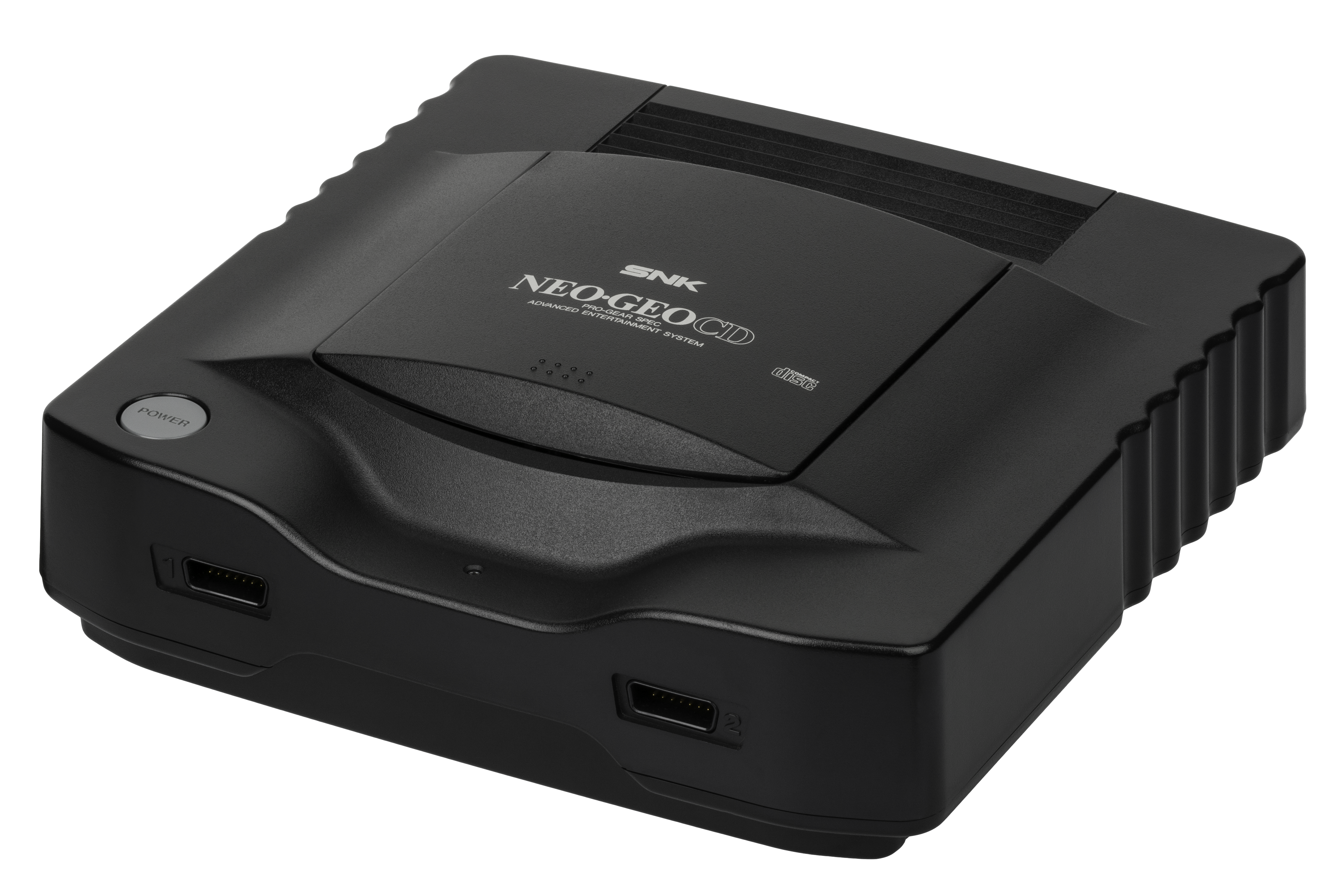
The Neo Geo AES, released in 1990, brought the arcade experience into living rooms with its powerful hardware and expansive library of fighting games. Known for titles like "Metal Slug" and "The King of Fighters," the AES provided unmatched arcade-quality graphics and sound. However, its high price point and niche market limited its reach. A revival could lower production costs and introduce online multiplayer capabilities, making it more accessible to a broader audience. By capturing the essence of arcade culture and blending it with modern gaming trends, the Neo Geo AES could once again become a beloved household name.
5. The Panasonic 3DO: A Visionary's Dream
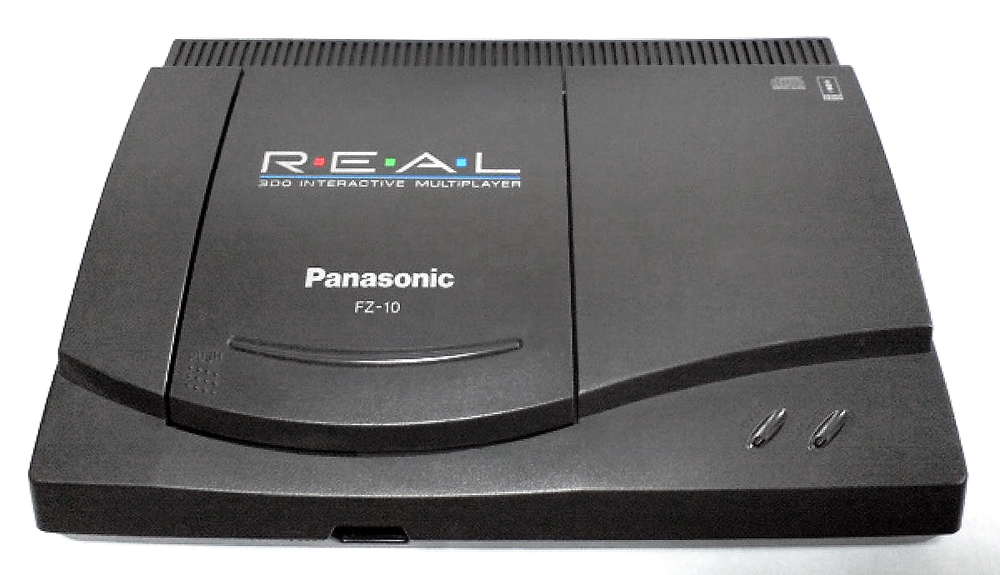
The Panasonic 3DO, launched in 1993, was the brainchild of industry visionary Trip Hawkins. It promised an open architecture that would revolutionize game development, offering developers creative freedom. Despite its ambitious goals and impressive multimedia capabilities, the 3DO was hampered by its steep price and stiff competition from more affordable consoles. A revival could embrace its open-platform philosophy, encouraging indie developers to create innovative content. By fostering a community-driven ecosystem and leveraging modern distribution channels, the 3DO could become a hub for creativity and experimentation in the gaming world.
6. The Sega Saturn: A Treasure Trove of Hidden Gems

The Sega Saturn, released in 1994, is often remembered for its complex architecture and challenging development environment. However, it also boasts a treasure trove of hidden gems, particularly in the RPG and fighting game genres. Titles like "Panzer Dragoon Saga" and "Virtua Fighter 2" highlighted the Saturn's potential, but its rushed release and lack of cohesive marketing strategy hindered its success. A revival could simplify its architecture and focus on its strengths, offering enhanced versions of its classic titles. By tapping into the nostalgia for its unique library, the Saturn could find new life in the current retro gaming resurgence.
7. The Amiga CD32: Europe’s Multimedia Maverick
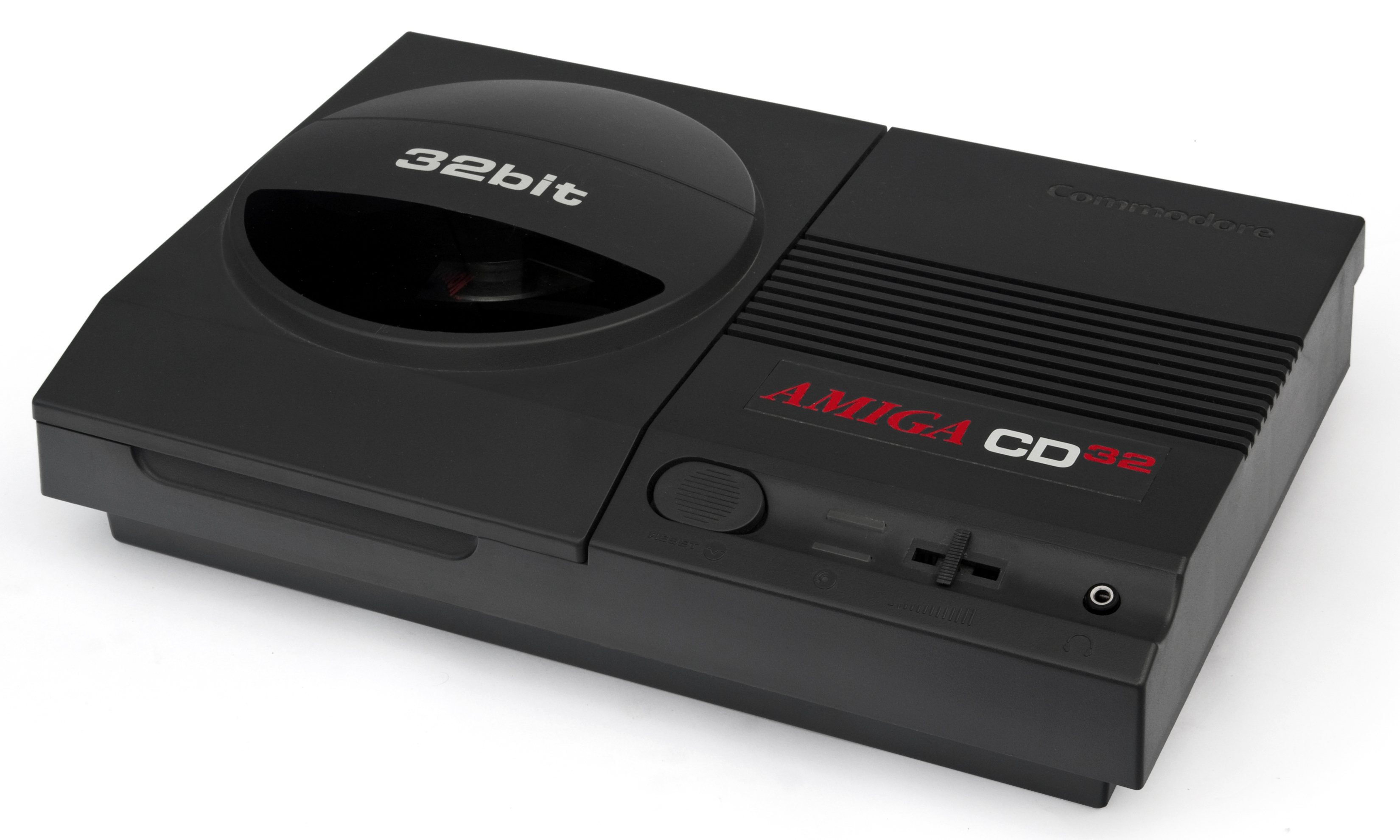
The Amiga CD32, launched in 1993, was Europe's first 32-bit CD-based console, building on the success of the Amiga computer line. It offered superior graphics and sound, with a focus on multimedia capabilities. Despite its potential, the CD32 struggled due to legal and financial issues faced by its parent company, Commodore. A revival could leverage its multimedia roots, offering a platform for both gaming and creative expression. By integrating modern streaming and media-sharing capabilities, the CD32 could appeal to a new generation of gamers and creators seeking a versatile entertainment hub.
Reviving the Past for a Brighter Future
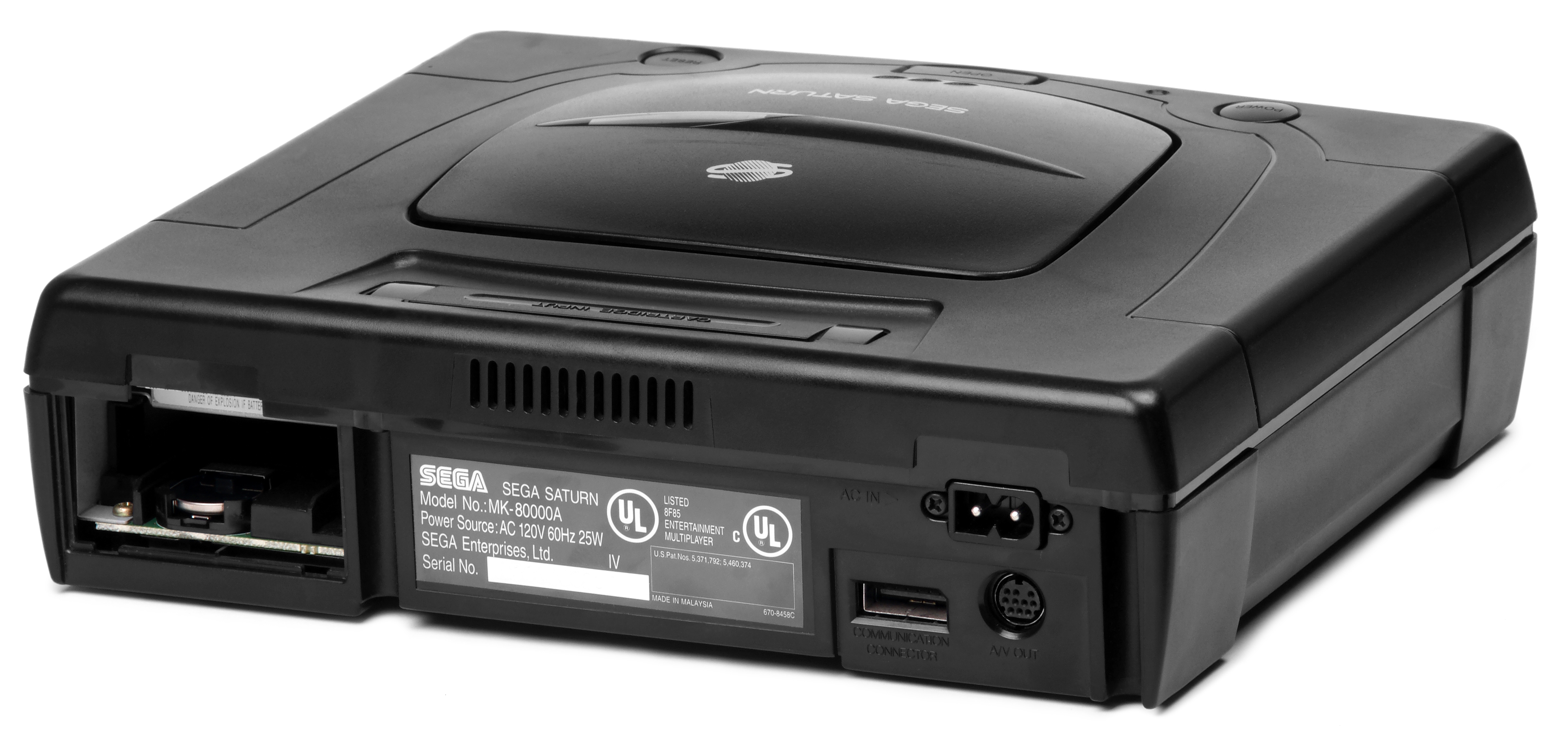
Exploring the console underworld reveals a rich tapestry of innovation and potential that was never fully realized. Each of these systems brought something unique to the gaming industry, whether it was pioneering technology, visionary ideas, or unforgettable games. A revival of these overlooked consoles could not only satisfy the nostalgia of seasoned gamers but also introduce a new generation to the diverse and vibrant history of gaming. By embracing the lessons of the past and integrating modern advancements, we can breathe new life into these forgotten gems, ensuring they receive the recognition and appreciation they so richly deserve.


